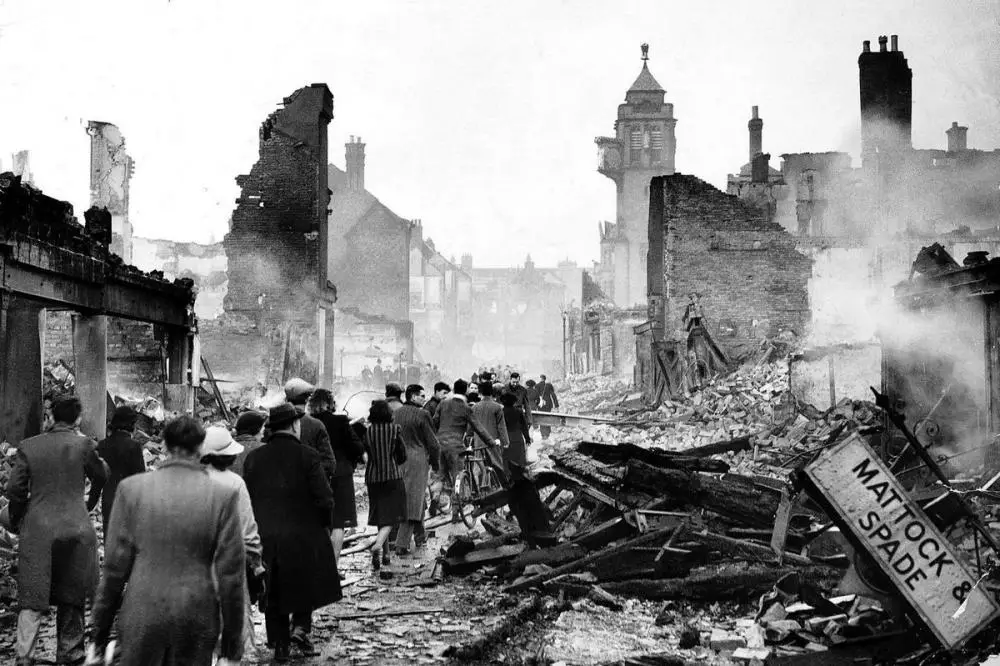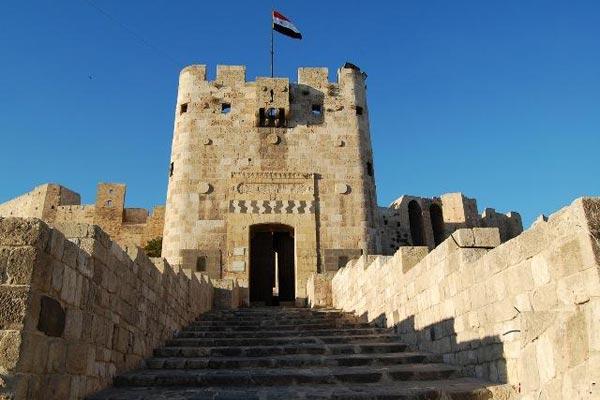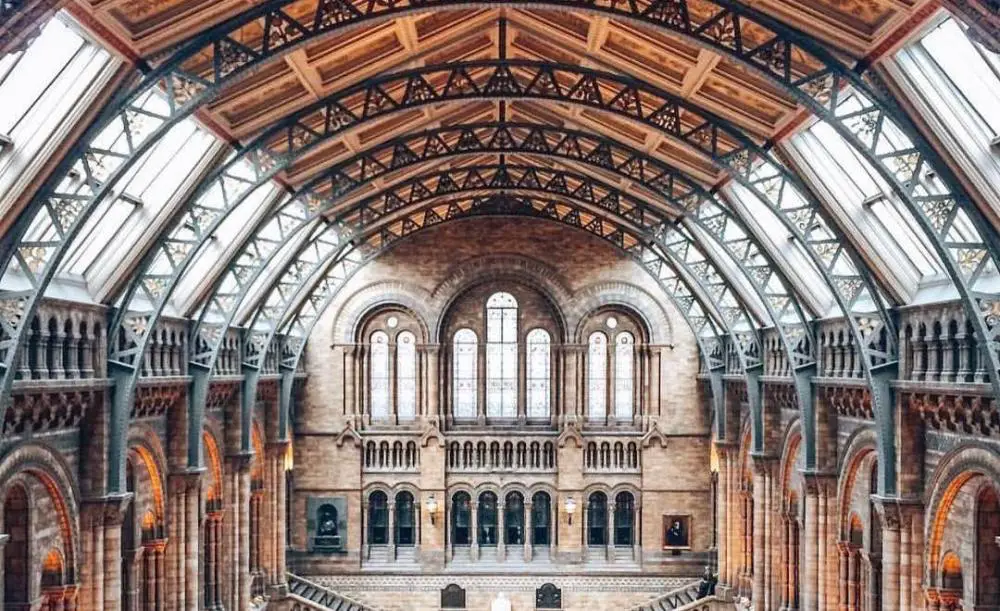Humans are destined to live together. We have been cohabiting since the beginning of time, from clans to tribes, from villages to cities, there has always been and there will always be a community. Like colonies to ants, so are cities to humans. But those great centers of gatherings and coexistence have sometimes run into problems, serious problems. Natural disasters, war and disease, among others, have all taken a stab at wiping out cities, and they have been successful, in part. The flip side of the tragedy coin is perseverance and the stubbornness to stay put in one’s home. That is one of the truly impressive aspects of the human spirit: Rebuild, reshape, relive, rise from the ashes and take wing again. Here are 15 cities that have triumphed in disaster.
Lisbon
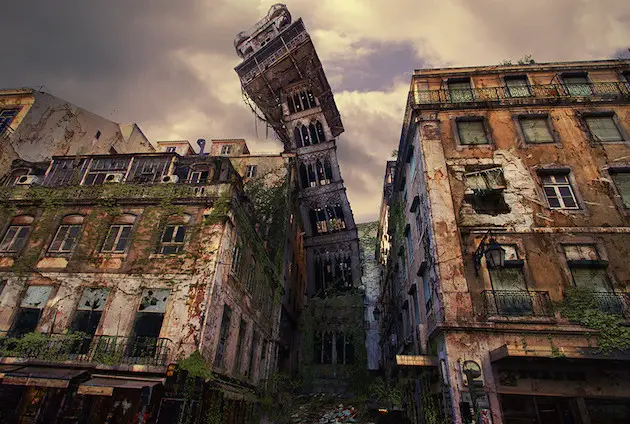
The Portuguese capital, and then metropolis of a vast empire, was struck by a massive earthquake on the morning of 1 November, the holiday of All Saints’ Day, 1755. It seemed as if all the wrath of the underworld had been released as 5-meter wide fissures opened up on the city streets. The earthquake lasted between 3 and 6 minutes, probably feeling like an eternity, but enough time for the survivors to rush to the dock area for safety. From there, they watched in horror as the waters receded revealing shipwrecks and lost cargo. Forty minutes later, a terrible wall of water forcefully engulfed the lower parts of the city. Those areas not hit by the tsunami were ravaged by the flames. Lisbon was destroyed and 40,000 of its sons and daughters lay dead.
The Great Chicago Fire
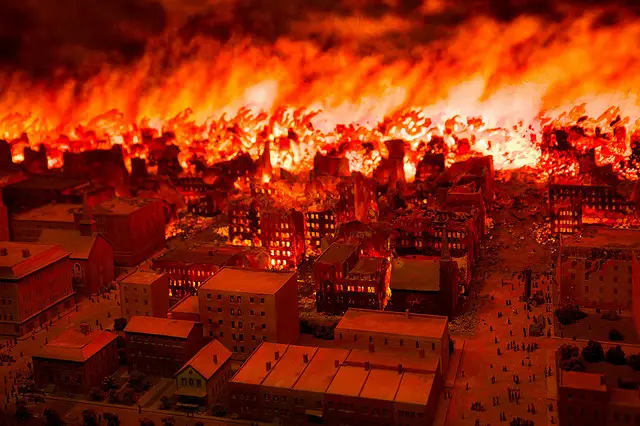
On October 10, 1871, a fire that had started in a small barn soon grew out of control and engulfed 3.3 square miles (9 km2) of the Chicago urbanscape leaving 100,000 people homeless and 300 dead. An editorial in the Chicago Tribune shortly thereafter exhorted Chicagoans to cheer up and rise again. And that they did; rebuilding began almost immediately with the first load of lumber delivered the day the last burning building was extinguished. By the World’s Columbian Exposition 22 years later, Chicago hosted more than 21 million visitors. Today, Chicago is ranked the number 4 city in the world by GDP.
Beirut
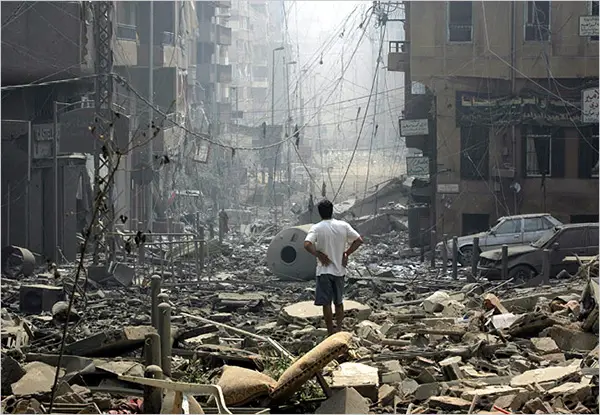
Once dubbed the Paris of the Middle East, or at least until 1975 when civil war broke out, Beirut suffered greatly during the 15-year long conflict. The city was largely devastated, 100,000 people were killed and equal number wounded while many more fled the country. The complicated politics of the region leveled the country in most ways except one: Their will to rebuild and flourish.
Today, Beirut has rightly retaken its heritage as a hotbed of intellectual and cultural activity, as well as a major tourist destination. The city has been steadily repairing its reputation and architecture, and the gem of the Mediterranean shines once again. Though Lebanon has remained politically volatile in the 20 years since its civil war, Beirut has regained much of its prewar luster. In 2009 the city was a frequent feature in the New York Times travel section and topped its year-end list of the best places to visit.
Mostar
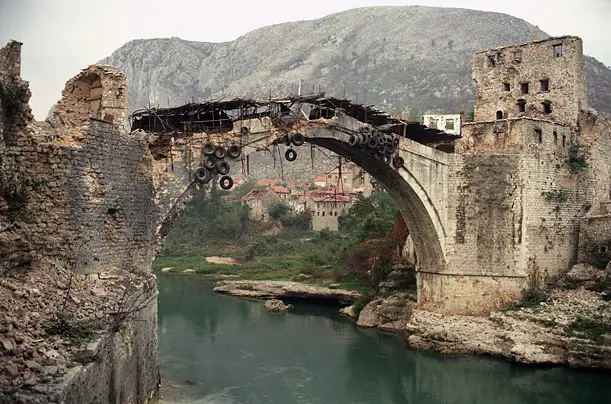
The 1993 siege on the city of Mostar, in Bosnia and Herzegovina, destroyed the city’s many historical buildings and bridges, including the iconic Stari Most, or Old Bridge. At the end of the bloody war, the city, once a cradle of classic 16th century architecture, lay in ruins, pockmarked and shattered from years of heavy artillery shelling. The 427-year-old Stari Most, which gave Mostar its name (“the bridge keepers”), had been completely destroyed. The destruction of Stari Most was considered to be a tremendous cultural loss, and its rebuilding became a global cause. Many countries, foundations and organizations like UNESCO and the World Bank donated funding for the bridge’s reconstruction, while the surrounding structures and historic neighborhoods have all be restored or rebuilt.
Hiroshima
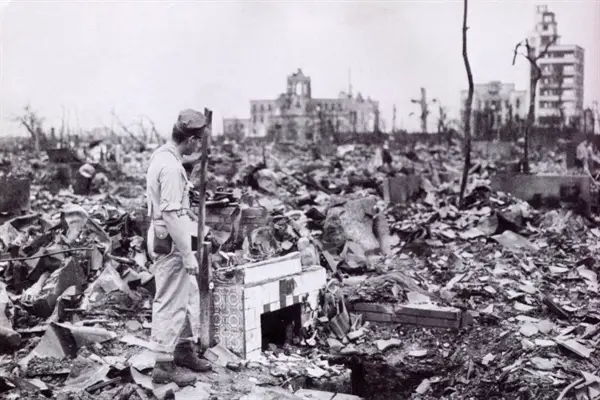
No other city stands as a symbol of peace and the horrors of war as Hiroshima. Most everyone in the world knows a part of Hiroshima’s recent history, the one that sadly brought it into the history books. On The morning of August 6, 1945, American bombers dropped “Little Boy,” the first nuclear bomb, on Hiroshima, instantly killing 80,000 people, severely injuring another 70,000 and flattening the city. Today, Hiroshima has drawn on its tragic past to rebuild the future using architecture to transmit the narrative of its inhabitants. The city is very modern, yet still retains the Hiroshima Commercial Exhibition Hall, severely damaged in the bombing, as a memorial to the war. Commonly referred to as the A-bomb Dome, the building sits at the tip of Hiroshima Peace Memorial Park, a sprawling area of green grass, community centers and various monuments.
Berlin
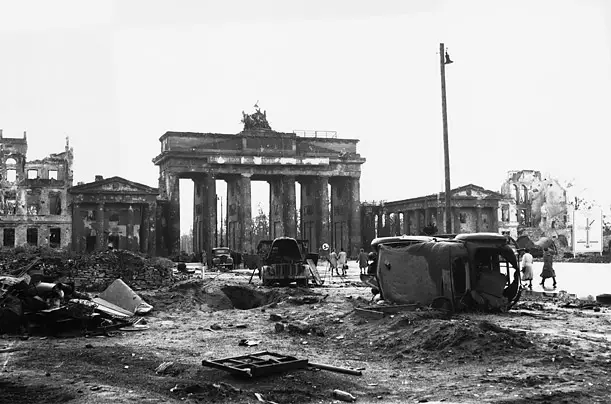
Berlin’s history stretches back to the 12th century, and since then it has been the capital for several different German political entities: First of Prussia, then the Margraviate of Brandenburg, the Kingdom of Prussia, the German Emprire, the Weimar Republic and its subsequent incarnations. No stranger to battles, wars and catastrophes, its latest was World War II, when British air strikes pummeled the city and Soviet ground troops further damaged the capital’s historic buildings, with rocket launchers and hand grenades. After the war, the Germans took rebuilding to new heights, and Berlin was at the forefront of all construction projects, especially since the political climate had changed, politics and national character needed to be emphasized, transforming the city into a symbol of the postwar divide between East and West. Once Germany was reunited in 1989, Berlin resumed its place as the capital, while its rebuilding efforts have become a study in the politics of balancing architecture, memorial and memory.
Tokyo

Tokyo had the misfortune of being leveled twice in a 20-year period. First as a result 8.3-magnitude quake that flattened the capital city and the port city of Yokohama, in the fall of 1923, killing between 100,000 to 142,000 people. Much of the damage to the city’s structures resulted from typhoon-fueled firestorms that raged in the wake of the disaster. Tokyo recovered from the earthquake and drew up plans to build a modern network of trains, roads and parks and thus change the face of the city forever. However, many of the rebuilding projects were put on hold as Tokyo faced another challenge; this time from the sky in the form of American bombers. World War II was in full swing and the areas of town rebuilt were again destroyed but this time by firebombing from allied strikes. Tokyo did manage to rebuild at a surprisingly rapid pace after the war, birthing the modern megalopolis we all know today.
San Francisco
With 3,000 people dead and over 80% of the city leveled, the 1906 San Francisco earthquake stands as one of the worst natural disasters ever to strike the U.S. The 7.8-magnitude quake sparked fires all around the city that burned for days. News of the disaster spread quickly; within weeks, hundreds of thousands of dollars had been donated from around the world to the city’s relief effort. San Francisco rebuilt quickly, and by 1915 the city was 100% reconstructed and even hosted the Panama-Pacific Expo. Today, there are no great monuments to the 1906 cataclysm, but it is full of the palaces and conservatories built in 1915 to trumpet the city’s resilience.
Antigua
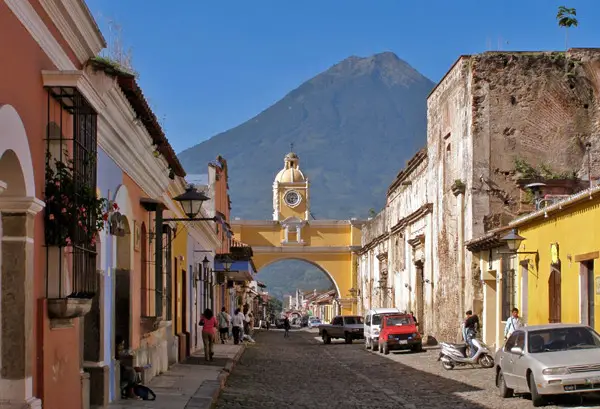
The once glorious capital of Guatemala was not destined to lead the country into the future. After an uprising by the native Kaqchikel people, Antigua was moved to another location. Once the new city was settled, it had to be abandoned again due to a lahar from the nearby Volcan de Agua. Tragedy struck a third time when a series of earthquakes leveled Antigua in its new, and current, location in the Panchoy Valley, forcing the Spanish crown to once again move the capital, this time to present-day Guatemala City. Although the administration of the empire moved to Guatemala City, Antigua, in its third manifestation, remained inhabited. Its residents managed to restore the colonial buildings that formed part of its glorious past while at the same time building a modern city that would sit harmoniously around the old town. In 1979, the city was awarded UNESCO World Heritage status and is now a popular destination for tourists.
Saint-Pierre
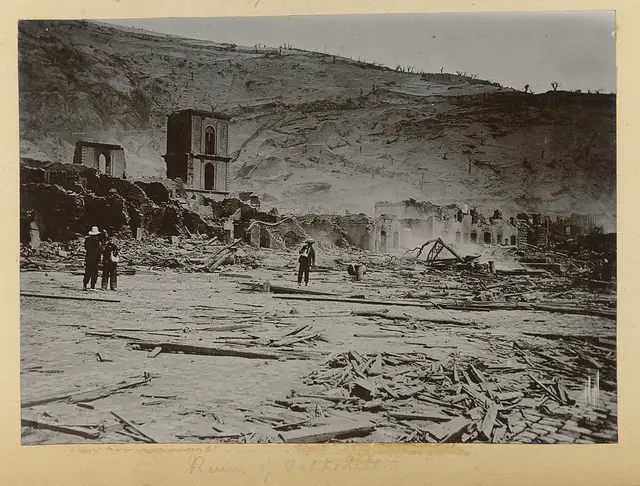
After its founding in 1635, the town of Saint-Pierre became the most important cultural and economic center of Martinique, even outshining the island’s capital, Fort-de-France. But the glow would not last long. A tsunami with 25-foot waves produced by the Great Hurricane of 1780 pounded the small town destroying all of the dwellings and killing 9,000 inhabitants. It was rebuilt and continued to prosper until 1902, when it was again destroyed by a volcano eruption that killed all of its 30,000 inhabitants. Today, Saint-Pierre has recovered from the disaster, but has lost the vitality and luster that led her to be dubbed “The Paris of the West Indies.” With only 5,000 inhabitants, 25,000 less than a century ago, Saint-Pierre endures keenly aware of its tragic past.
Dresden
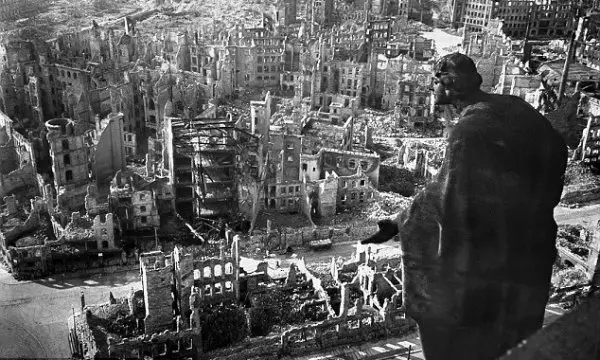
“Florence on the Elbe,” as Dresden was known, was targeted by the allies during World War II for purportedly being “a major rail transport and communication center, housing 110 factories and 50,000 workers in support of the German war effort.” As a result, the city received 3,900 tons of high-explosive bombs and incendiary bombs, killing 25,000 of its inhabitants and wiping out 6.5 km2 of the city center with its architectural gems. The bombings caused fury and controversy at the time and is still the subject of great debate. After the war, Dresden began the arduous task of rebuilding its former landmarks. Some were rebuilt before German reunification, and some, like the Frauenkirche, after.
Warsaw
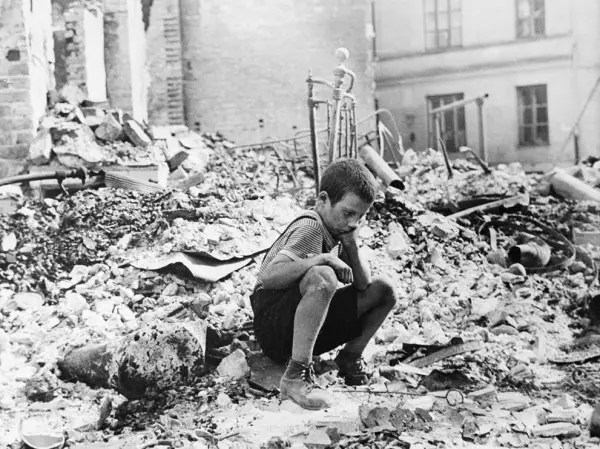
Even before the fuse of war had been lit, the Nazis were planning the total destruction and annihilation of Warsaw. In 1944, after the ghetto uprising and the subsequent Warsaw uprising, the Nazis saw their chance to effect their evil plan and began bombing the city using artillery and air power for 63 days and nights killing 800,000 civilians and 550,000 of the city’s residents were forcibly deported. The amount of destruction and carnage is mind-boggling. Afterwards, what was left of Warsaw was then systematically and individually torched or demolished. By January 1945, between 85% and 90% of the buildings had been completely destroyed. A 1940 study estimated the total damage at a staggering $30 billion. It took the city fathers some time to rebuild. Much was rebuilt between the 1950s and 1970 without any help from outside. While the Old Town has been thoroughly reconstructed, the New Town had been only partially restored to its former state.
Mexico City
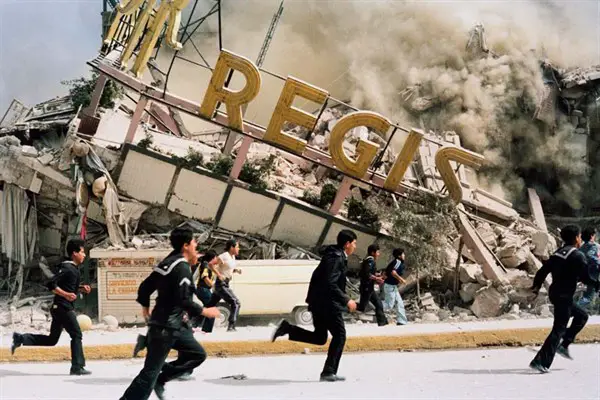
The Aztec capital was hit by a devastating 8.2-magnitude earthquake on the morning of 19 September, 1985, at around 7:19 am. The quake brought down 412 buildings and seriously damaged another 3,124 at a total cost of $4 billion. But the worst damage was to the population: Up to 40,000 people lost their lives that morning. Mexican authorities quickly formulated a plan for rebuilding the damaged areas, provide housing for the 100,000 people left homeless, and retrofit old buildings with new anti-seismic technologies.
Arica

In 1868, the Peruvian port city of Arica was a flourishing harbor, home to a great deal of maritime commerce from the rest of the Americas. But on August 16, 1868, there was little trade to be carried out as a magnitude 8.5 earthquake struck the area of the Peru-Chile Trench, located just off of Peru’s extreme southern coast, reducing the city’s harbor to rubble. The earthquake also generated a tsunami that sent 90-foot waves to finish off the destruction the quake has started. Arica was no more, and many lay dead or disappeared. Not only was Arica devastated by the powerful and deadly combo, but shortly thereafter, as a result of the war between Peru and Chile, Arica changed borders and went to the victorious Chileans. Arica rebuilt its port and homes, and the city continues to prosper.
Banda Aceh

The hardest hit by the fierce 2004 tsunami, Banda Aceh suffered terrible losses as a consequence of being the closest city to the earthquake’s epicenter, just 155 miles off the coast of the Sumatran city. Across the province of Aceh 221,000 people lost their lives; 167,000 from Banda Aceh city alone, while another 700,000 were displaced. The city itself lost 60% of its buildings, most of it was flattened and its coastline reshaped and eroded. The Indonesian government undertook a huge rebuilding project that has been very successful. Thus far, more than 140,000 houses were built, along with 1,700 schools, almost 1,000 government buildings, 36 airports and seaports and 3,700 kilometers of road were finished by the end of 2010. Banda Aceh has risen from the ashes.

